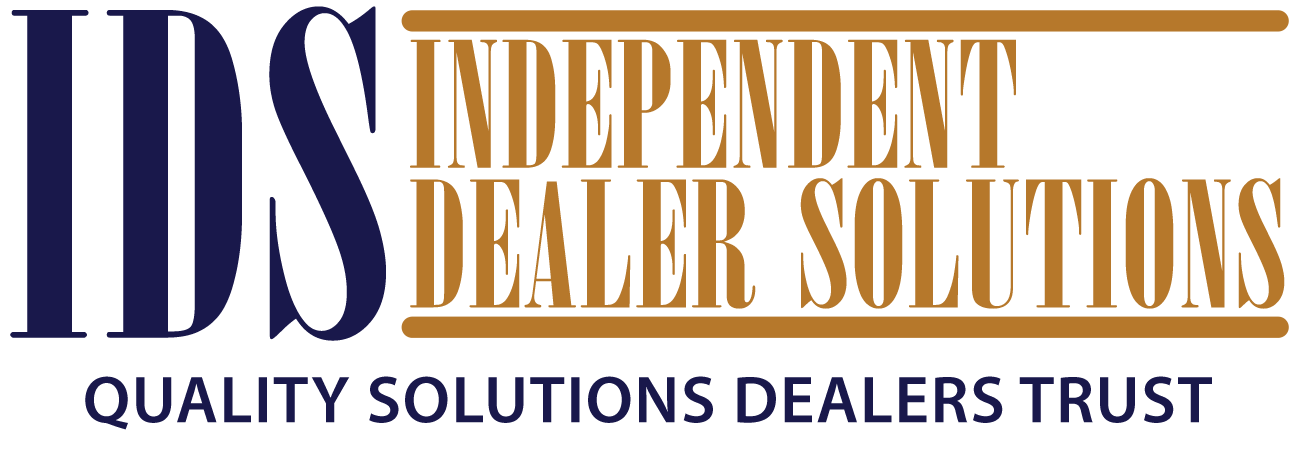“It was the best of times, it was the worst of times” would be an apt description of the last few years for auto insurers. Immediately after a nationwide, months-long driving hiatus caused collisions to plummet and profits to surge, a toxic cocktail of supply chain disruptions, increases in the frequency and severity of collisions and a complete dislocation in used-vehicle prices drove loss ratios into the red for many auto insurance companies. Through the end of 2022, auto insurer losses and expenses continued to outpace premium growth for major industry players. While some of those trends have now started to change course, the myriad challenges facing the industry are far from solved.
Chief among these is the issue of frothy used-vehicle pricing. Prices for used cars surged roughly 50% through February of 2022 while auto insurance contract pricing systems predicted car values would continue to go down with a constant depreciation – a generally accepted trend for the last several decades of experience in retail used car valuation.
Used-vehicle prices continued to stay elevated throughout 2022 and, just in the past two months, they have begun to recede. However, as the auto industry continues to be transformed by the introduction of EVs and volatile swings in supply and demand become the norm, these once-in-a-lifetime anomalies are likely to happen a lot more frequently.
Depreciation Curves Missed the Mark
To illustrate the trend, take the recent replacement cost pricing data on a Toyota RAV4. In January 2017, the estimated cash value of a 2017 model-year RAV4 was about $30,000. Under historical conditions (omitting the recent three years), the predicted retail price of that car today would be about $10,000. In reality, however, if someone wanted to replace a used 2017 RAV4 today, the real market value would be more like $23,000. Predicting a pay-out of $10,000 with an actual payout of $23,000 makes an implicit 230% “uh-oh” for insurers.
